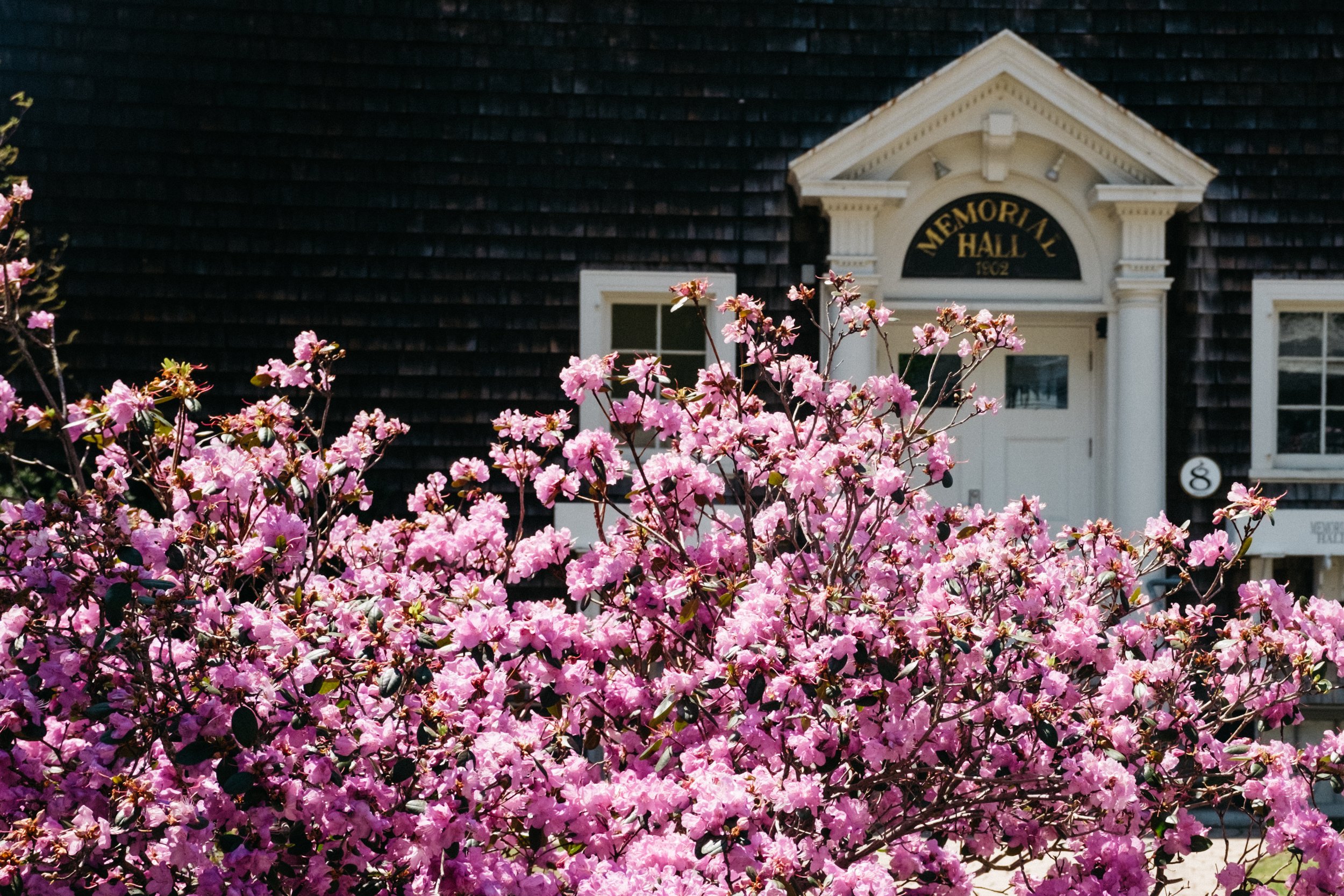
Wilmington History
The town was chartered in 1751 by Benning Wentworth, the governor of the colony of New Hampshire. The name Wilmington was chosen to honor Spencer Compton, the first Earl of Wilmington.
In addition to shopping, fine dining, the famous Wilmington VT flea market and more, the town is surrounded by nature and opportunities to explore Vermont’s Green Mountains. From hiking in Molly Stark State Park, fishing in Lake Whitingham or Skiing the slopes of Mount Snow and Haystack Mountain, Wilmington offers endless outdoor activities in every season. So if you love to swim, kayak, fish, golf, bike, hike, ski, or snowmobile - now is the time to schedule your Vermont vacation!
Wilmington is nestled in the Deerfield Valley of the Green Mountains of southern Vermont, with the North Branch of the Deerfield River winding gently through the downtown. The picturesque village is surrounded by beautiful mountains and bucolic countryside, minutes from the shores of the Harriman Reservoir. All four seasons are special here and many who come to visit end up staying for the natural beauty and rural way of life.
Visitors will find the town easily - at the junctions of Routes 9 and 100 - a short 2.5 hour drive from Boston or 3.5 hours from New York. With a population of about 2000 residents, Wilmington is home to a diverity of residents - from recent transplants from New York and New England to second homeowners to families who have called the Valley home for generations.
With thanks to Wikipedia and the Town of Wilmington website.
Wilmington is a town on the move - and it started almost 200 years ago. Founded in 1751 on land granted by Benning Wentworth, provincial governor of New Hampshire, Wilmington’s original settlement was on Lisle Hill, northeast of today’s town center. But in 1833 town leaders moved it into the valley, with better access to the Deerfield River and closer to the sawmill at the foot of the hill. Known as “Mill Hollow”, the new town center was on the Windham County Turnpike (Today’s Route 9), which linked Brattleboro and Bennington. Commerce generated by this road attracted new business and residents.
Moving individual buildings to make way for new construction was not unusual, even 200 years ago, but to relocate an entire town was an ambitious undertaking. Ox-drawn carts moved eight buildings - four of which remain - from Lisle Hill to the valley location. Some of Wilmington’s oldest houses still line the road to the original town common.
Like most early Vermont towns, agriculture was the mainstay of Wilmington’s economy from the late 1700s to mid 1800s. In a single year, its farms together could produce a total of 330,000 pounds of maple syrup and maple sugar and 600,000 pounds of potatoes. the Deerfield Valley Creamery, established in 1886, churned butter for residents and neighboring towns. Logging companies in the valley kept Wilmington’s sawmills busy turning out board lumber. But until the coming of the railroad, trade was limited primarily to valley towns.
When the Hoosac Tunnel & Wilmington Railroad, fondly known as the “Hoot, Toot, & Whistle,” was completed from western Massachusetts to Readsboro, Vermont, in 1885, Wilmington’s town boosters successfully lobbied the company to extend it farther up the valley to their town. On November 4, 1891, 400 people gathered to board excursion cars for a trip to North Adams, Massachusetts. the following day, curious travelers from North Adams, who had come to see Wilmington, were treated to a cornet band performance and lunch at the Vermont House. Wilmington was on the map!
The arrival of the railroad was an economic boon to Wilmington. It not only transported goods to and from distant urban markets, but also tourists seeking an escape from crowded cities. Some visited for a week, others spent an entire summer at places like Childs Taverns on Main Street or Hotel Lake Raponda on the outskirts of town. Spending one season in the picturesque town of Wilmington convinced many to build summer retreats or to make it their permanent home. Residents from urban areas brought the capital to invest in new businesses, as well as knowledge of the latest architectural styles. Today, Wilmington boasts an extraordinary variety of architectural styles, including Colonial, Federal, Greek Revival, Gothic Revival, Italiante, Second Empire, Queen Anne, and Colonial Revival.
Wilmington residents found ways to enjoy the region’s famously long winters. Sliding offered a thrill ride even by today’s standards. Pile onto sleds, children raced down mile-long routes through town and sometimes right onto the Deerfield River. In the 1930s and 1940s, a 1000-foot ski rope tow operated outside of town. As southern Vermont’s ski industry developed beginning in the late 1940s, Wilmington saw an influx of visitors patronizing nearby ski areas like Haystack Mountain, Mount Snow, and Hogback Mountain, the latter no longer in operation.
Wilmington’s appearance has been shaped by the whims of nature, as well as by the ambitions of its residents. Floods and hurricanes have destroyed some buildings, making way for new ones in the latest styles. the town’s resilience - its determination to rebuild and its belief in a bright future - has become part of its story.

